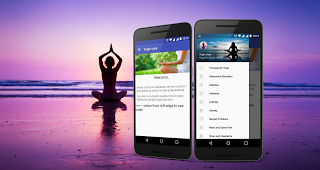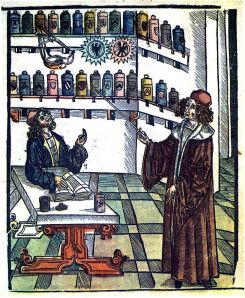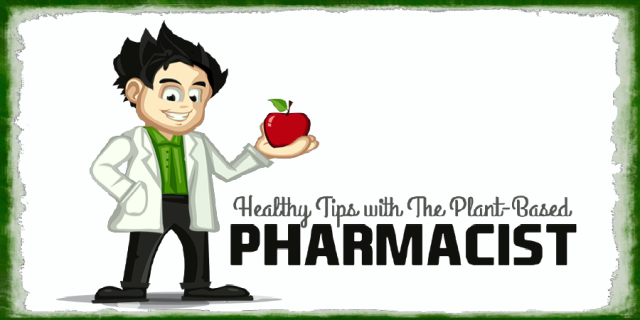
This may come as a total shock, but pure forms of illicit drugs can be hard to come by. Certain controlled substances are frequently adulterated, if not outright contaminated, by products that range from the household to the industrial to the pharmaceutical. Of course, some substances are more easily, frequently, and profitably adulterated than others: cocaine purchased on the retail level is on average 31%, well, not cocaine, while the purity of heroin on the street is even lower, resting around 65% (1).
A diverse assortment of products regularly make their way into the “cut” of a powdered drug, including common substances such as sucrose, lead, glass, and flour as well as medications prescription and over-the-counter alike, including quinine, lidocaine, and the anti-parasitic drug levamisole (2).
The aims of adding adulterants are many. Glass, for instance, serves no purpose other than to create a “bulking” effect. The bitter taste of quinine mimics that of heroin and so it is used along with glass to not only add weight but also flavor, thereby increasing its profit to the seller. But other substances have practical benefits to user and vendor alike: caffeine, a cheap and easily-obtained addition, causes heroin to vaporize at lower temperatures and thus allows for greater amounts of the drug to be consumed. Procaine, a local anesthetic, is added to heroine primarily to add volume to the drug, but happens to reduce pain at the site of injection as well.
Read more on discovermagazine >>>> (click on skip Ad button on top-right)












You must be logged in to post a comment.